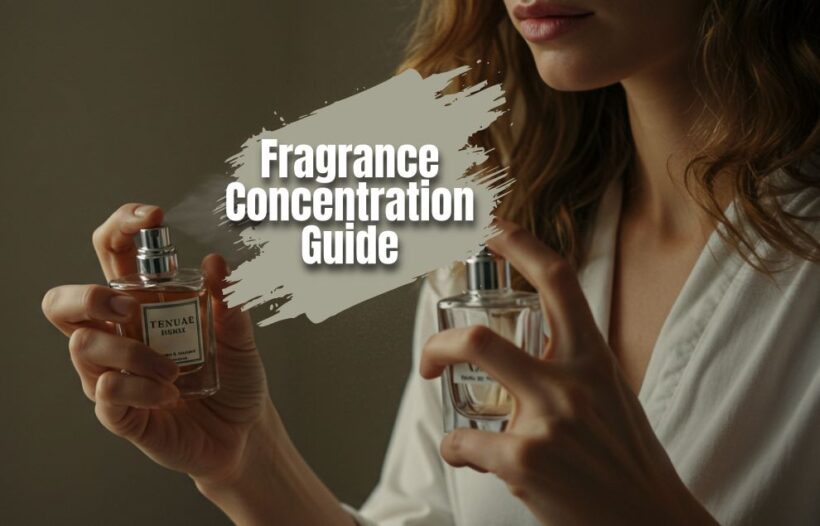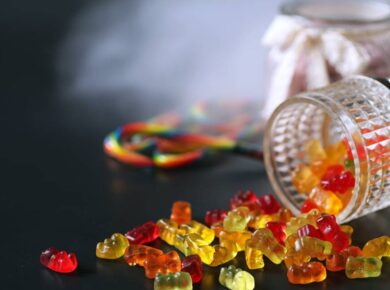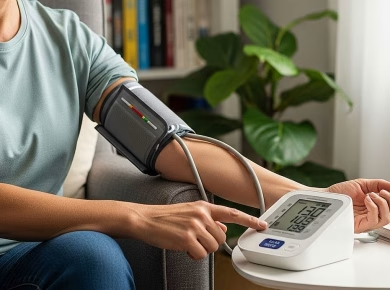The choice between Eau de Toilette vs parfum is often presented as a simple spectrum of strength: one is stronger, one is weaker. This reduction misses the entire point. The distinction is a fundamental lesson in olfactive architecture, a decision that dictates not just how long a scent lasts, but how it evolves on your skin, when you should wear it, and ultimately, the story it tells. It’s the difference between a quick sketch and an oil painting; both are art, but their impact, composition, and cost are worlds apart.
Understanding the eau de toilette vs parfum divide requires moving beyond marketing and into the science of perfumery. At its heart, it’s all about the concentration of perfume oil diluted in a base of alcohol and water. This percentage is the engine room of the entire experience, dictating sillage (the scent trail you leave), longevity, and even the nuance of the fragrance’s development.
The Concentration Spectrum: The Numbers Behind the Notes
While the lines can blur between brands, the industry operates on generally accepted tiers. This isn’t just about potency; it’s about the perfumer’s intent and the wearer’s purpose.
Fragrance Concentration Guide
| Fragrance Type | Perfume Oil Concentration | Average Longevity | Typical Profile | Ideal For |
| Eau Fraîche | 1-3% | < 1 hour | Light, citrus, aquatic | A post-shower refresh; the pool or beach. |
| Eau de Cologne (EDC) | 2-4% | 2 hours | Citrus, aromatic, light | A quick, invigorating burst; casual daytime wear. |
| Eau de Toilette (EDT) | 5-15% | 3-4 hours | Often brighter top notes; wider variety. | Everyday office wear; situations where a lighter scent is polite. |
| Eau de Parfum (EDP) | 15-20% | 5-8 hours | Richer, deeper; heart notes are amplified. | Evening wear, important events; cooler weather. |
| Parfum (or Extrait de Parfum) | 20-40% | 8+ hours, often 24+ | The truest expression of the scent; nuanced. | Signature scenting; formal occasions; scent connoisseurs. |
The Nuance Beyond the Numbers
The conversation of eau de toilette vs parfum isn’t just a linear progression. A higher concentration changes the fragrance’s very character.
- Eau de Toilette (EDT): The workhorse of the fragrance world. Its higher alcohol content means it evaporates faster, which often means the top notes (the initial impression of citrus, light fruits, or herbs) are more prominent and explosive. However, it may never fully reveal the deeper base notes of musk, wood, or amber, as it fades before they have a chance to fully emerge. It’s a brighter, more volatile experience. Think of it as a highlight reel of the fragrance.
- Eau de Parfum (EDP): This is where the heart of the fragrance truly beats. The higher oil concentration gives more weight to the middle (heart) and base notes. The scent is richer, deeper, and unfolds more slowly and deliberately on the skin. You get a fuller, more rounded experience of the perfumer’s creation. An EDT might be a brilliant citrus burst, while its EDP counterpart will better showcase the floral heart and woody base that give it depth.
- Parfum/Extrait: This is the uncompromising, purest form of the fragrance. Often applied with a stopper rather than a spray, it sits close to the skin, creating a personal scent bubble that evolves over many hours. It’s not about a loud projection; it’s about an intimate, complex, and incredibly nuanced experience. The blend of notes is so dense that it can reveal different facets throughout the day. The implementation of wearing a parfum, frankly, is a more personal and less performative act than wearing an EDT.
The Strategic Choice: When to Wear What
The eau de toilette vs parfum decision is also a practical one, dictated by context, climate, and skin chemistry.
- Climate: The high heat and humidity of summer amplify fragrance. A potent EDP or Parfum can become overwhelming. An EDT or even an Eau Fraîche is often a better, more refreshing choice. Conversely, in cold weather, scent doesn’t travel as easily, making an EDP or Parfum ideal for cutting through the dry air and providing warmth.
- Setting: An office or a crowded train is polite territory for an EDT—it’s present but not imposing. A dinner date or a formal event is the classic domain of the EDP, offering a more memorable and sophisticated aura.
- Skin Type: Dry skin tends to absorb and dissipate fragrance faster. If you have dry skin, you may find even EDPs fading quickly and might need to lean toward Parfum or simply reapply an EDT. Oily skin holds onto fragrance much more effectively, making even an EDT last longer.
The Value Proposition: It’s Not Just About Price
Yes, Parfum is significantly more expensive by volume. But you also use less—a single dab on each wrist can suffice. An EDT is cheaper per bottle but may require multiple sprays and reapplication throughout the day. The cost-per-wear between a bottle of Parfum and a bottle of EDT might be closer than you think, especially if the Parfum is your signature scent.
The real value is in the experience. Choosing an EDP or Parfum is about investing in the full artistic vision. You’re not just buying a scent; you’re buying time with it, allowing you to appreciate its entire narrative arc from top to base. The choice in the eau de toilette vs parfum debate is ultimately about how you want to engage with the art of fragrance: as a bright, casual acquaintance or a deep, intimate relationship.
FAQs: Your Eau de Toilette vs Parfum Questions, Answered
Is one inherently better than the other?
No. This is the most important point. “Better” is determined by context and personal desire. An EDT is better for a hot day at the office. A Parfum is better for a formal winter gala. One is not superior; they are tools for different jobs. A high-quality EDT is far better than a poorly made Parfum. The artistry of the house and the quality of ingredients are more important than the concentration label alone.
Why does my favorite scent smell different in EDP vs EDT?
Because they can be different compositions. It’s not always just a simple matter of adding more oil. Perfumers often rebalance the “notes pyramid” for different concentrations. An EDT might be formulated to emphasize the top notes for a quick, bright impression. The EDP version might be tweaked to boost the heart and base notes to ensure they shine through the higher oil concentration. Sometimes, the difference is so pronounced they smell like close relatives, not twins.
How can I make my Eau de Toilette last longer?
While you can’t change its concentration, you can optimize its performance. Apply it to pulse points (wrists, neck, behind knees) where body heat helps diffuse the scent. Do not rub your wrists together, as this breaks down the top notes prematurely. Apply right after a shower onto moisturized skin—fragrance clings better to hydrated skin than dry skin. You can also use a matching unscented lotion or petroleum jelly on the spot before spraying to create a barrier that slows evaporation.
Are there any exceptions to these concentration rules?
Absolutely. These are industry guidelines, not laws. Some brands, like Jo Malone, famously produce almost exclusively Colognes (traditionally the lightest concentration) but with exceptional longevity due to their ingredient structure. Conversely, some niche brands might market an intense “EDP” that behaves like an Extrait. The best practice is to always test a fragrance on your own skin and let it dry down before judging its longevity and sillage on you.
Read Next:
8 Reasons to Order Online Perfume








